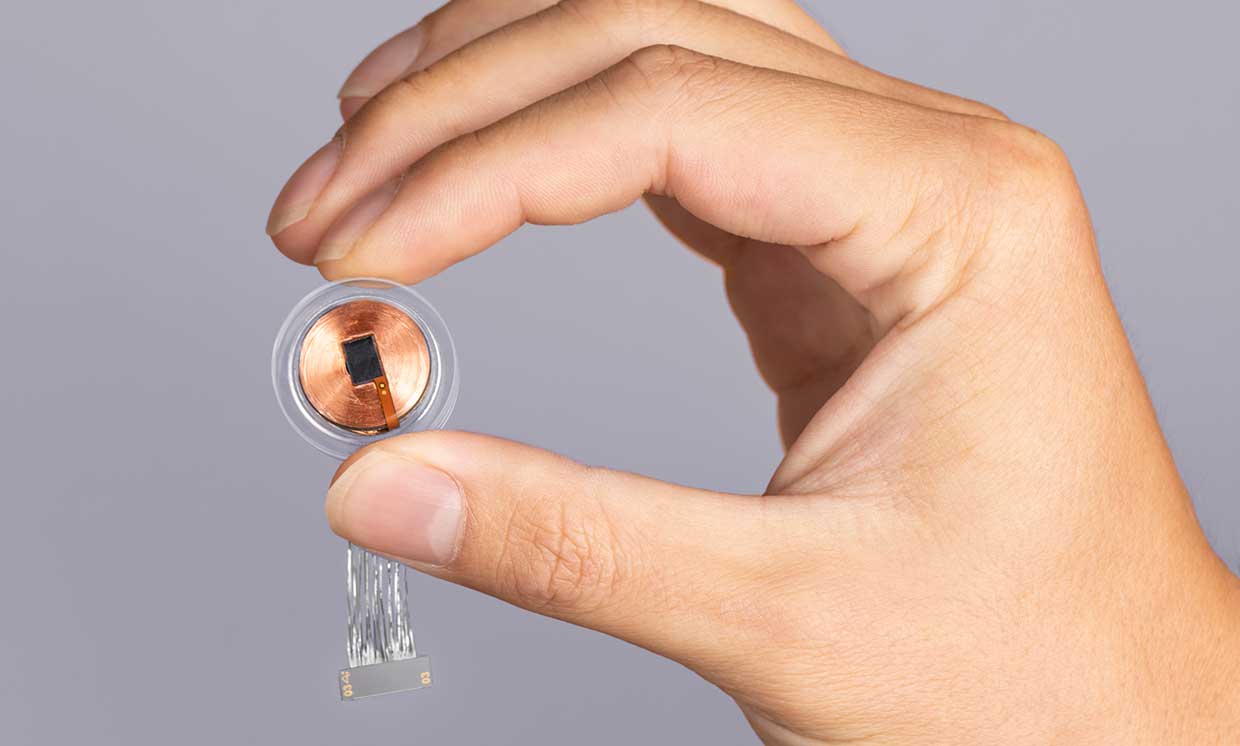A crew of researchers from Boston University has exposed a brand new function for odontoblasts. These cells form dentin, the shell below the tooth’s enamel that encases the smooth dental pulp containing nerves and blood vessels.
The effects of the look at have been published withinside the magazine of Science Advances.
“We observed that odontoblasts, which help the form of the teeth, also are liable for sensing cold,” says pathologist Jochen Lennerz, MD, Ph.D., one of the paper’s senior authors and medical director of the Center for Integrated Diagnostics at Massachusetts General Hospital (MGH). “This study contributes a new feature to this cell that is exciting from a basic-science standpoint. But we now additionally recognize a way to intrude with this bloodless-sensing feature to inhibit dental pain.”
Teeth that hurt from exposure to cold can occur for many reasons. Many human beings have experienced extreme pain from bloodlessness once they have a hole in their teeth from an untreated cavity. But teeth also can grow to be very touchy to bloodless from gum erosion because of aging. Some most cancer sufferers handled with platinum-based chemotherapies have extreme cold sensitivity all over their bodies. “A breeze at the face registers as severe ache withinside the enamel, which might also add even cause a few patients to stop therapy,” says Lennerz.
Tooth pain has been notoriously hard to look at. A tooth’s hardness makes it a challenging tissue to look at, and inducing tooth pain in human beings requires opening the tooth. The team of researchers, therefore, performed experiments on mice whose molars were drilled below anesthesia. Mice with dental injuries manifest pain with their behavior; they drink up to 300 in keeping with more sugar water than their littermates without dental injuries. In previous studies, the team of investigators had discovered TRCP5, a protein encoded with the aid of using the TRCP5 gene. This is expressed in nerves in lots of elements of the body. They’re in advanced discovery allowed the researchers to zero in on TRCP5 as a mediator of pain from cold.
By reading genetically altered mice that did not have the TRCP5 gene, the researchers observed that the mice with injured teeth no longer experienced increased drinking behavior and behaved like mice without dental injuries.
“We now have definitive evidence that the temperature sensor TRCP5 transmits cold thru the odontoblast and triggers nerves to fire, creating ache and cold hypersensitivity,” says Lennerz. “This cold sensitivity can be the body’s manner to protect a damaged tooth from extra injury.”
Specifically, in response to cold, the TRCP5 protein opens channels in the membrane of odontoblasts, allowing different molecules, along with calcium, to go into and interact with the cell. Suppose the teeth’s pulp is infected from a deep cavity, for example. In that case, TRCP5 is overabundant, inflicting improved electrical signaling thru the nerves emerging from the root of the tooth and walking to the brain, wherein the pain is perceived. When gums recede from aging, tooth can grow to be hypersensitive because the odontoblasts are sensing cold in a newly exposed vicinity of the teeth. “Most cells and tissues sluggish their metabolism withinside the presence of cold; that is why donor organs are placed on ice,” says Lennerz. “But TRPC5 makes cells more active in the cold, and the odontoblasts’ capacity to experience cold thru TRPC5 makes this discovery so exciting.”
Lennerz confirmed the presence of the TRPCS protein in extracted human teeth, which was a technical tour de force. “Our teeth are not supposed to be cut into ultra-thin layers so they may be studied under the microscope,” says Lennerz, who first needed to decalcify the enamel and positioned them in epoxy resin before reducing them and figuring out the TRPC5 channels withinside the odontoblasts.
The studies team also identified a pharmacological target for minimizing tooth sensitivity to cold. For centuries, the oil of cloves has been used as a remedy for tooth pain. The active agent in the oil of cloves is eugenol, which happens to dam TRCP5. Toothpaste containing eugenol is already on the market; however, this study’s findings might also cause stronger packages to deal with teeth that might be hypersensitive to cold. And there can be novel packages for eugenol and treating sufferers systemically for intense cold sensitivity from chemotherapy. “I’m excited to see how other researchers will apply our findings,” says Lennerz.

